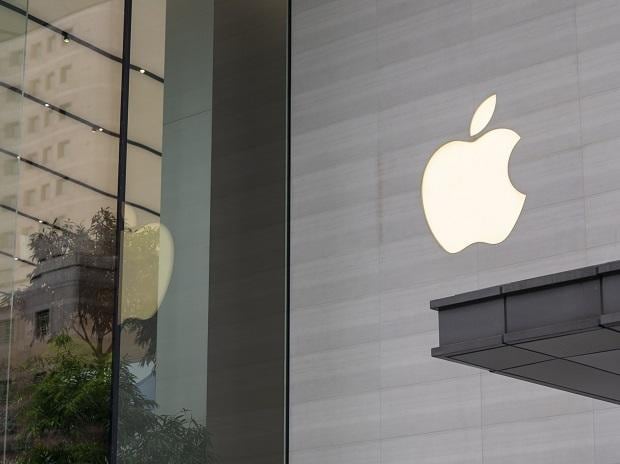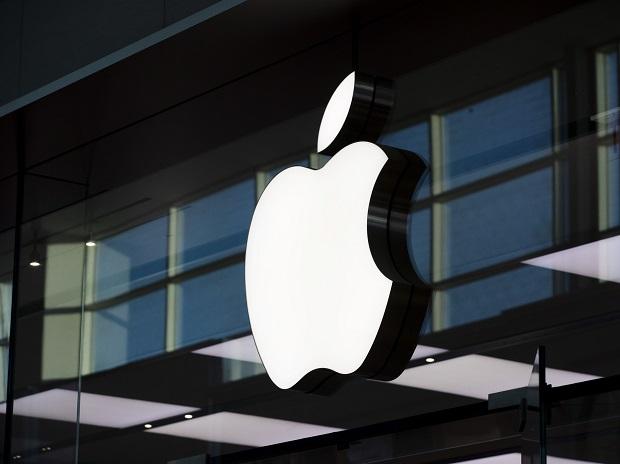WHAT IS AUGMENTED REALITY?

Augmented Reality
LATEST UPDATES ON AUGMENTED REALITY
-
 Apple's upcoming MR headset may feature health, wellness experiences
Apple's upcoming MR headset may feature health, wellness experiences
Apple will reportedly bring health and wellness experiences in its upcoming augmented reality (AR) - mixed reality (MR) headset, ...| January 30, 2023, Monday -
 Apple may allow users to build AR apps for mixed-reality headset using Siri
Apple may allow users to build AR apps for mixed-reality headset using Siri
American tech giant Apple is apparently working on a way to let you make apps for its long-rumoured mixed reality headset using ...| January 30, 2023, Monday -
 Apple working on new augmented reality shopping feature on iPhone: Report
Apple working on new augmented reality shopping feature on iPhone: Report
Tech giant Apple is reportedly working on a new version of its Apple Store application which will offer an augmented reality (AR) ...| January 13, 2023, Friday -
 Apple on mission to make its AR headsets feel more immersive via gyroscopes
Apple on mission to make its AR headsets feel more immersive via gyroscopes
Tech giant Apple is reportedly researching how to add gyroscopes to its augmented reality (AR) headsets, providing users ...| December 22, 2022, Thursday -
 AR/VR drives into classrooms: How tech is changing education landscape
AR/VR drives into classrooms: How tech is changing education landscape
But the cost of infrastructure for a medium of instruction with virtual reality and augmented reality can prove to be a ...| December 11, 2022, Sunday -
 Apple's AR/VR headset may arrive in late 2023 due to software issues
Apple's AR/VR headset may arrive in late 2023 due to software issues
The delay appears to affect only the mass shipment of finished goods, rather than manufacturing itself| December 05, 2022, Monday -
 Meta Quest Pro's new update adds mixed reality capture
Meta Quest Pro's new update adds mixed reality capture
With the new update, users can now record and show off those mixed reality moments, while using applications that merge their ...| December 05, 2022, Monday -
 Apple's upcoming AR headset to use extended reality OS, name it 'xrOS'
Apple's upcoming AR headset to use extended reality OS, name it 'xrOS'
The company is also developing a Software Development kit, which will allow third-party developers to make applications for the ...| December 02, 2022, Friday -
 Sony unveils Mocopi motion-tracking bands for Metaverse on smartphones
Sony unveils Mocopi motion-tracking bands for Metaverse on smartphones
Mocopi is a set of six motion-tracking bands, which lets users animate and operate avatars inside various metaverse apps on ...| November 30, 2022, Wednesday -
 Google introduces new AR features to shop for beauty products, shoes
Google introduces new AR features to shop for beauty products, shoes
With assistance from beauty brands, Google's new photo library features 148 models representing a range of skin tones, ages, ...| November 22, 2022, Tuesday
